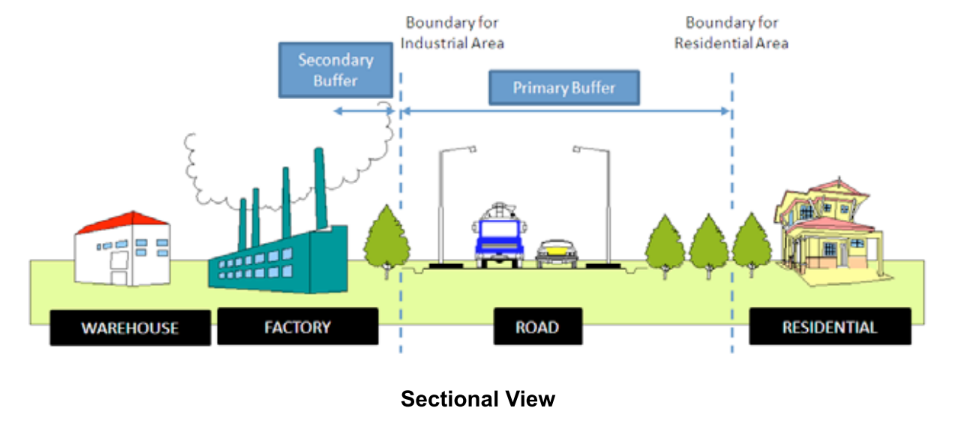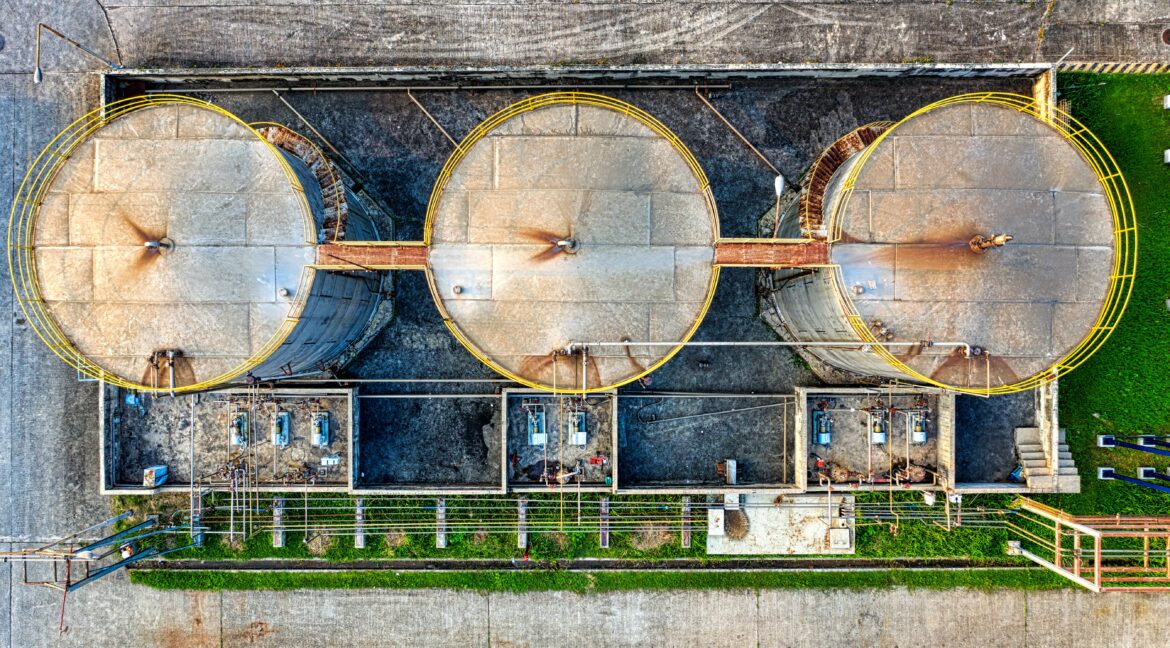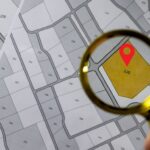Generally, there are 3 main types of nature of manufacturing activity in Malaysia: light, medium, heavy industry. Manufacturers establishing plants in Malaysia often inquire about the categorization of their manufacturing activities.
What is Light Industry?
Light industry refers to small-scale manufacturing of final consumer products. These operations have minimal pollution potential and generally do not use hazardous raw materials. Energy use is relatively low (often relying on renewable or low-emission sources) and wastewater output is negligible. Common examples of light industry in Malaysia include:
- Manufacture of footwear
Printing
Manufacture of semiconductors and other components for electronic applications
- Manufacture of dairy products
Light industries are often more labor-intensive and serve domestic consumer markets. They typically operate in industrial parks close to cities, since their emissions are low and buffer zones are modest. For these sectors, registration and licensing are straightforward because environmental risk is minimal.
Some properties that are suitable for light industry: Factory, Land
What is Medium Industry?
Medium industry bridges the gap between light and heavy. These activities are moderate in scale and risk. They may involve some hazardous chemicals or emissions, but at controlled levels. Examples in Malaysia include:
- Manufacture of grain mill products: Production of
flour, groats, meal or pellets of wheat, rye, oats, maize (corn) or other cereal grains - Manufacture of sugar
- Weaving of textiles
Some properties that are suitable for medium industry: Land, Factory/Warehouse
What is Heavy Industry?
Heavy industry involves large-scale, capital-intensive manufacturing and extraction activities. Such industries use heavy machinery, significant raw materials, and often handle hazardous substances. Heavy industries generally produce intermediate or capital goods rather than consumer products. Examples include:
- Mining of iron ores
- Sawmilling and planning of wood
- Manufacture of pulp, paper and paperboard
- Manufacture of plastics and synthetic rubber in primary forms
Some properties that are suitable for heavy industry: Land
Generally, there are 3 main types of nature of manufacturing activity in Malaysia: light, medium, heavy industry. Manufacturers establishing plants in Malaysia often inquire about the categorization of their manufacturing activities.
It is crucial to determine this classification due to obtaining a manufacturing license and necessary approval from relevant authorities.
How do we determine the business is categorized under which category? Below are some guidelines as references.
- Environmental concerns ranging from air pollution, to noise, smoke, odour, water pollution, risk of death due to fire and explosion, and risk of health due to toxic chemical waste release.
- Contain hazardous or non-hazardous waste
- Hazardous waste refers to those generated from industrial processes and medical facilities
- Non-hazardous waste refers to “municipal solid waste”
3. Waste Management Facility
4. Buffer Zone
- Buffer Zones are intended to safeguard and protect human lives, property, well-being, and sensitive ecological resources including noise and vibration, odorous emissions, air pollution, water pollution, smoke, fire and explosion.
- An area or distance between industries and residential areas, is introduced to distance the residential area from the area of activity to reduce the exposure to pollution.

| Light Industry | Medium Industry | Heavy Industry | |
|---|---|---|---|
| Characteristic | 1. None or very low pollution potential for air pollution, noise, vibration, odour, fire or explosion 2. Does not involve the use of hazardous raw materials or the production of hazardous products 3. Use of renewal or low greenhouse gas emission sources of energy 4. Generate no or very low amounts of wastewater with potential to contribute to water pollution 5. Industries are small scale and mostly compatible with each other. | 1. Moderate pollution potential and risk due to fire, explosion, and/or hazardous chemicals 2. Moderate air pollution potential (including odour) from low levels of residual air pollutants 3. Moderate potential for emission of greenhouse gases and/or ozone depleting substances 4. Moderate noise and/or vibration with no significant residual impact 5. Generate significant quantities of wastewater containing low levels of residual pollutants 6. Generate scheduled wastes which are mostly readily treated or managed within prescribed facilities. | 1. High pollution potential and risk due to fire, explosion, radiation, and/or highly hazardous chemicals 2. High air pollution potential (including odour) from residual pollutants in air emissions (fugitive and source emissions) 3. High potential for emission of greenhouse gases and/or ozone depleting substances 4. Generate excessive noise and/or vibration exceeding safe limits 5. Generate large quantities of wastewater containing significant levels of residual contaminants 6. Use large quantities of raw material(s) with potential to cause significant fugitive emissions during handling, transfer and storage 7. Generate significant amounts of scheduled wastes some of which are difficult to treat or managed. |
| Primary Buffer Zone Requirement | Minimum of 50m or more | Minimum of 150m or more | Minimum of 300m or more |
| Example of Business | Refer to Attached Documents | Refer to Attached Documents | Refer to Attached Documents |
Fill up your details as below to download the full report.
To see industrial land listing: https://industrialandland.com/property-type/land/
Disclamation: Picture shown might not the actual property
Kindly contact Mr.HAO (012-690 8291) for viewing appointment or enquiry.
Dear property owners, please feel free to call/SMS/whatsapp Mr. Hao (+6012-690 8291) for any properties FOR SALE/RENT
Whatsapp link: https://wa.me/60126908291
REN 09622, Email: sityonghao@industrialandland.com



